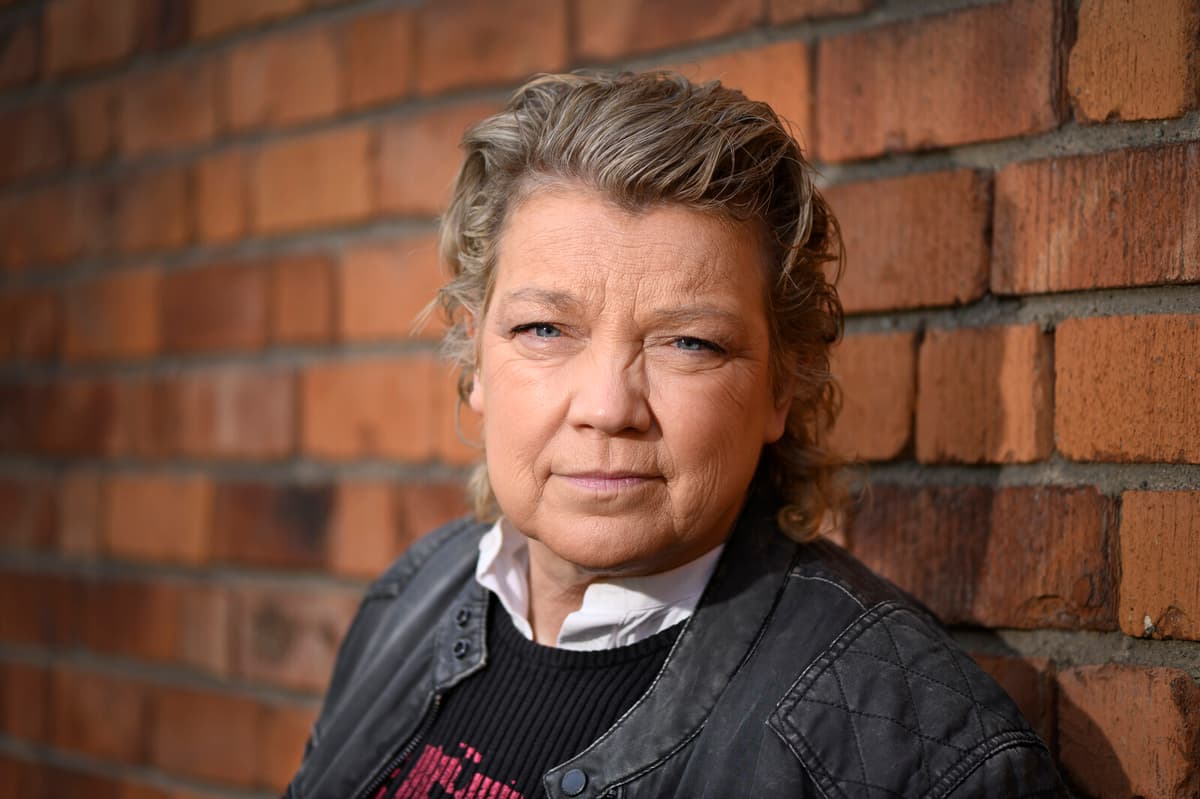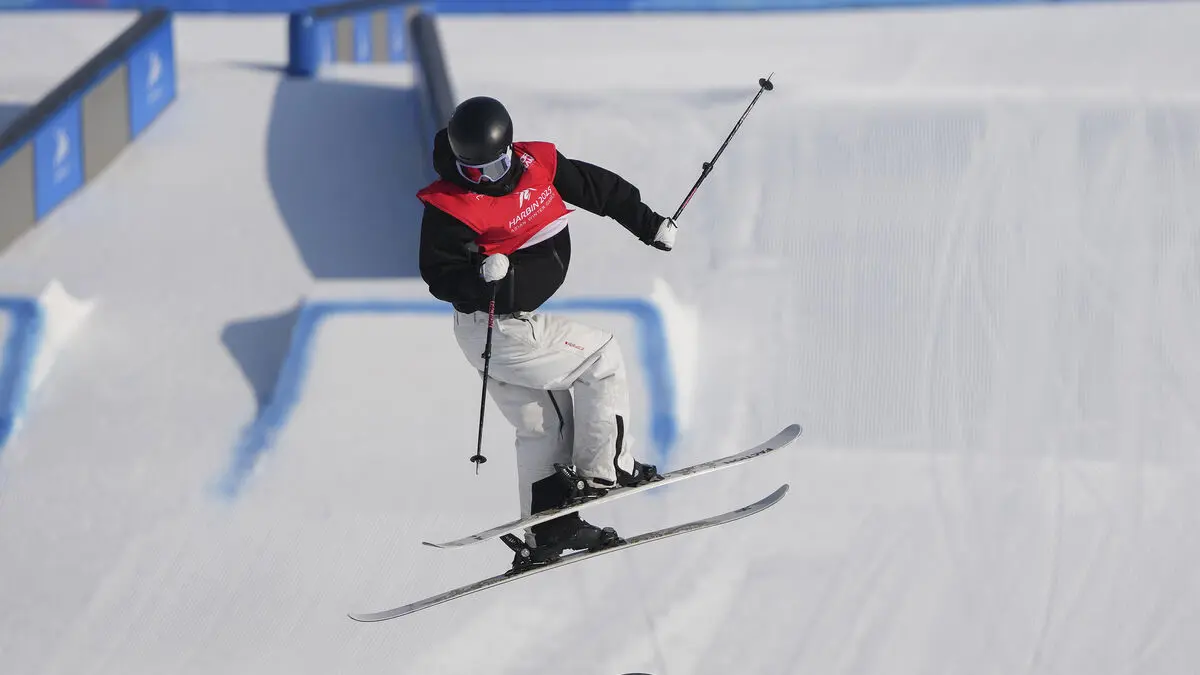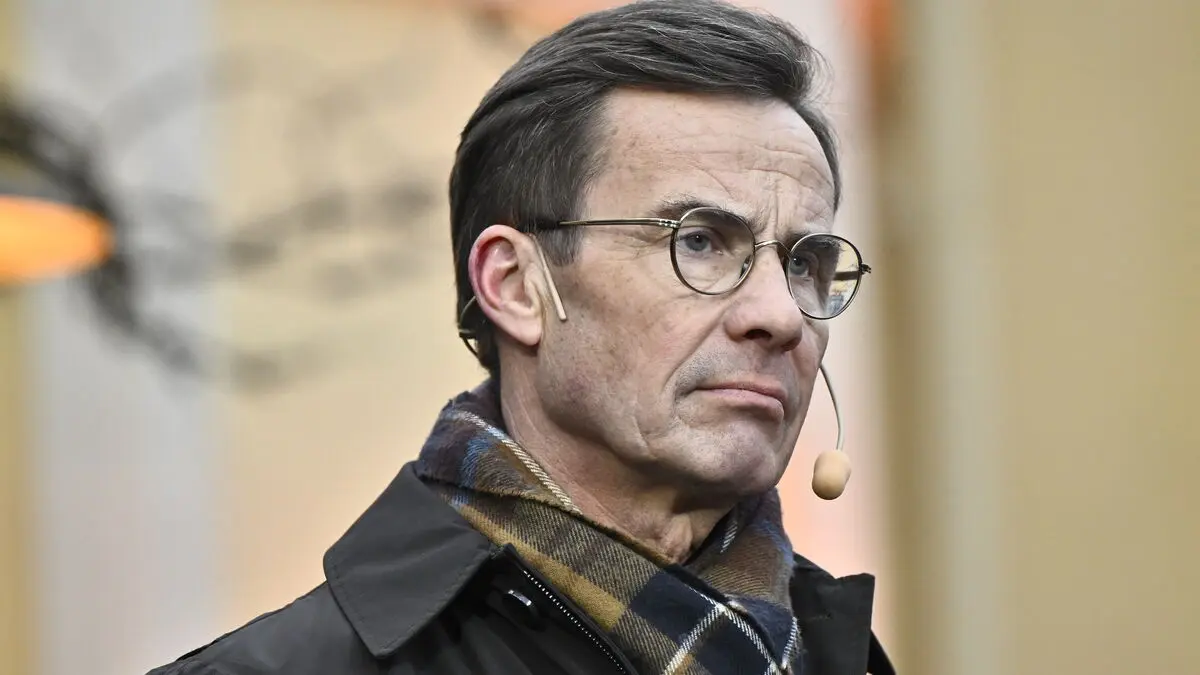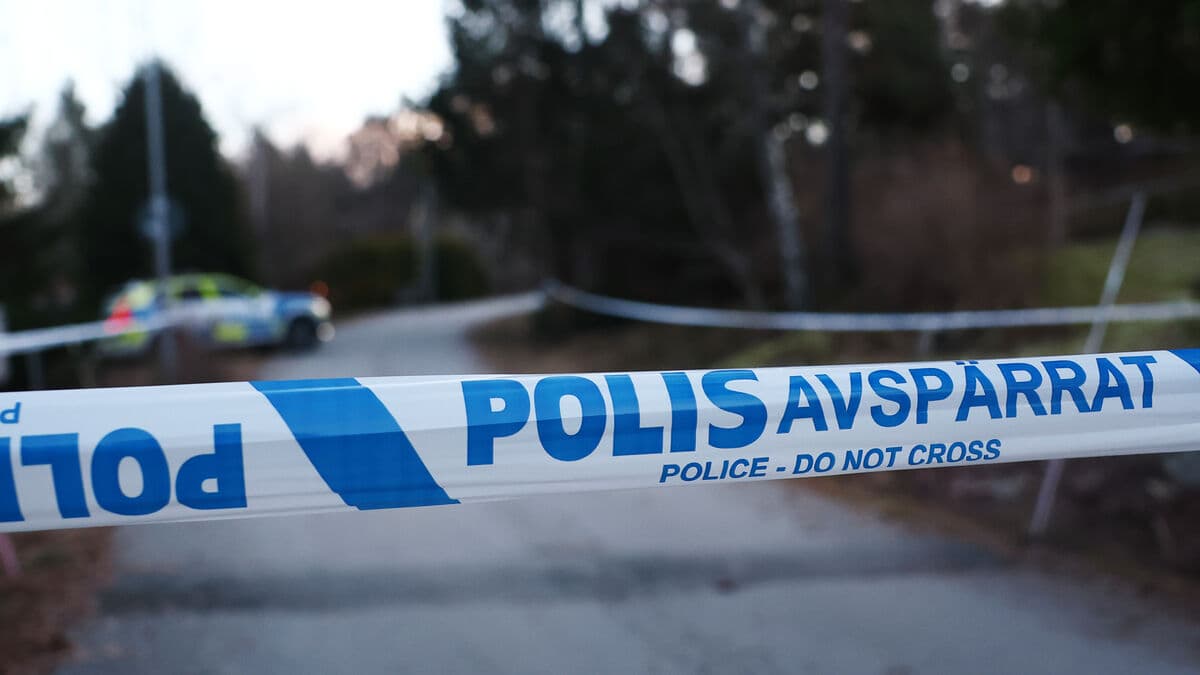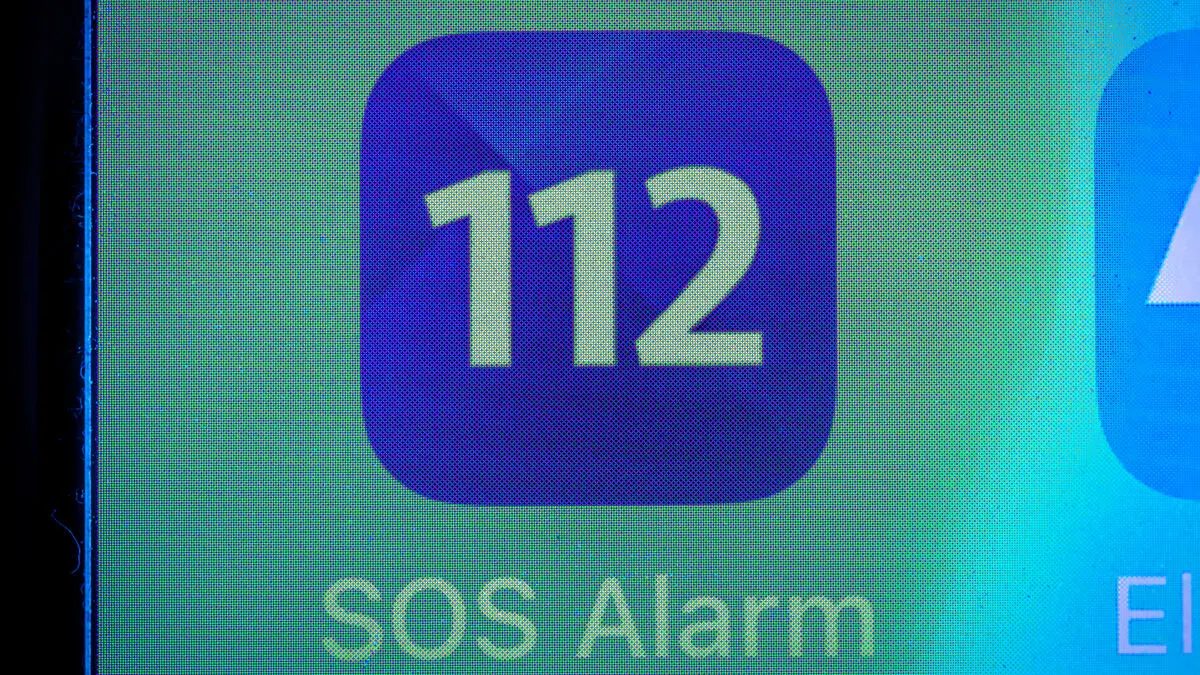Elisabeth Ohlson started as a press photographer, but switched to an artistic career and got her big breakthrough with the controversial photo exhibition "Ecce Homo" in connection with the Pride Festival in Stockholm in 1998.
The exhibition consisted of twelve photographs of different biblical motifs interpreted by Elisabeth Ohlson in LGBTQ environments.
She was very engaged and the question of homosexuals versus the church was incredibly important to her, says Karin Tingstedt, who was the producer of "Ecce Homo", to TT.
Bomb Threats
The photo exhibition sparked a major debate throughout Sweden and was criticized by some Christian representatives. Demonstrations and bomb threats occurred when it toured around the country.
She became very scared - being threatened with murder is not something you take lightly. At the same time, she was a person who didn't back down, the exhibition was too important to her, says Karin Tingstedt.
"Ecce Homo" was shown around Sweden for 20 years and also abroad, including in the EU Parliament in Strasbourg.
Ohlson considered herself a believer, but left the Church of Sweden after the debate.
Controversial Royal Photo
The photographer's method of adding fiction to documentary images caused several controversies over the years. In 2012, Elisabeth Ohlson depicted King Carl Gustaf eating pizza with his male friends on Camilla Henemark's naked body, while Queen Silvia tried to scrub away a swastika on the floor.
Queen Silvia reported several newspapers that published the image to the Press Council and eventually received an apology from Elisabeth Ohlson - but not for the artwork.
I might have apologized earlier, as soon as I realized that this was getting out of hand. I can't regret my artworks, but I can understand the Queen's sorrow, she said to TT.
Last Exhibition
Last year, Elisabeth Ohlson was diagnosed with incurable stomach cancer and openly stated that she was dying. Until October 6 this year, Abecita Pop Art & Photo in Borås showed a retrospective exhibition of her photographs, which drew a record audience.
She said already in the spring that it's just as well to say that this will be my last exhibition, says Michaela Faily, museum director at Abecita.
She highlights Elisabeth Ohlson's skill and ability to, despite her personal shyness, bring out the individual in all the portraits she made, from Queen Silvia to Benny Andersson.
She combined her creativity with an incredible love for people, I experienced her as genuinely kind-hearted.
Elisabeth Ohlson was born in 1961 in Skara and began her career as a daily newspaper photographer.
In 1998, she got her artistic breakthrough with the exhibition "Ecce Homo", which was first shown in Uppsala Cathedral. It resulted in bomb threats and the Pope canceling an audience that was planned for the then Archbishop K-G Hammar.
Other exhibitions that received great attention were "In hate we trust" in 2007 and "Jerusalem" in 2010.
Elisabeth Ohlson often worked with a documentary basis, but was also inspired by biblical paintings by, among others, Caravaggio and Artemisia Gentileschi.
